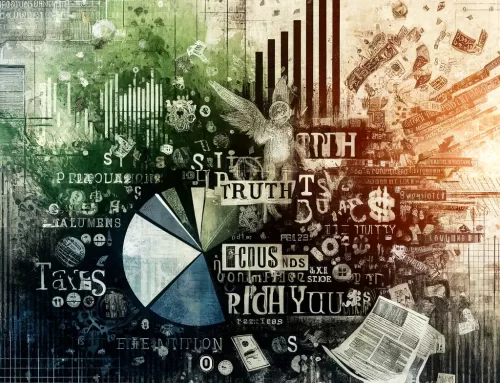Considering the global implications and involvement in the business of war, social media has emerged as a powerful tool for analyzing war-related communication and economic trends. War communication analytics uses data from platforms like Twitter, Facebook, and Instagram to provide real-time insights into conflict dynamics and its broader economic implications.
Social media platforms serve as modern-day battlefields where information is disseminated, narratives are shaped, and public opinion is influenced. During times of conflict, these platforms become critical channels for both official communication and grassroots reporting; governments, military organizations, journalists, and civilians all contribute to a vast and diverse data pool, providing a comprehensive view of the unfolding events.
- Monitoring official statements: Governments and military entities use social media to release official statements, updates, and propaganda; by tracking these posts, analysts can gauge the stance and strategies of the involved parties. Tools like natural language processing (NLP) and sentiment analysis can decode the tone and intent behind these communications.
- Tracking real-time events: Civilians and journalists often report on-the-ground developments through social media. Hashtags, geotags, and multimedia posts provide real-time information about troop movements, battles, and humanitarian situations, so analysts use these data points to create timelines and maps of the conflict.
- Sentiment analysis: Sentiment analysis tools can assess public opinion about the conflict; by analyzing comments, shares, and reactions, analysts can determine the general mood and emotional response of different demographics. This information can be essential for understanding the social impact of the war and predicting potential escalations or resolutions.
- Impact on local economies: War often disrupts local economies, and social media can reflect these changes. Thereof, analysts can assess the economic fallout of the conflict by monitoring discussions related to business closures, job losses, and price hikes. Platforms like LinkedIn can provide insights into employment trends, while Twitter and Facebook groups may discuss local market conditions.
- Global economic impact: Conflicts can have far-reaching economic consequences. Social media analytics can track global reactions, such as fluctuations in stock markets, commodity prices, and trade disruptions. Hashtags and keywords related to financial markets and international trade can reveal how the conflict is impacting the global economy.
- Humanitarian aid and economic assistance: Social media is also a platform for coordinating and reporting humanitarian aid efforts, a positive example being Chef Jose Andres’ World Central Kitchen. Analyzing posts from NGOs, government agencies, and volunteers can provide insights into the flow of aid and economic assistance, understanding the economic support structures in place, and identifying gaps in aid distribution.

